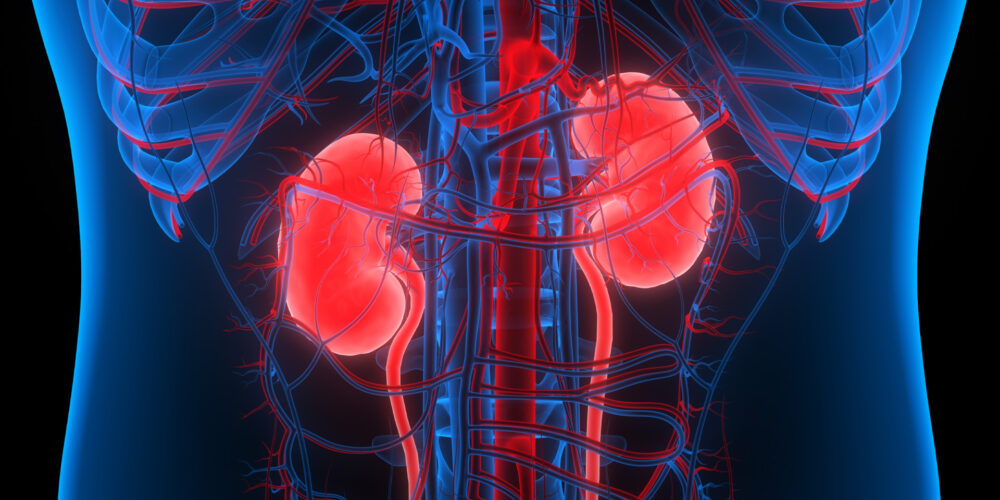Detect therapeutically relevant pathophysiological nephrotoxicity of novel therapeutics using Cyprotex’s multi-parametric high content screening (HCS) human nephrotoxicity assay.
Cyprotex delivers consistent, high quality data with the flexibility to adapt protocols based on specific customer requirements.
Introduction
Background information:
- Drug-induced nephrotoxicity (DIN) is a leading cause of renal failure in the clinic; creating a major concern within drug discovery programs.
- Being a highly structured filtration network, with a rich blood flow, the kidney is often exposed to high concentrations of drugs and/or metabolites creating vulnerability to drug induced toxicity1.
- Renal proximal tubule epithelial cells RPTEC are the predominant cell type in the kidney proximal tubule and one of the main sites for re-absorption and drug accumulation often resulting in tubular damage by interfering with mitochondrial function, impairing tubular transport, increasing oxidative stress or forming free radicals1,2,3.
- A combined high content screening (HCS) approach allows a measure of multiple cell health markers including glutathione content (GSH), phospholipidosis (PLD), mitochondrial mass (mito mass) and mitochondrial membrane potential (MMP) alongside cellular ATP levels in a kidney relevant in vitro cell model in order to better predict drug induced nephrotoxicity (DIN).
Protocol
Protocol for Chronic Exposure Nephrotoxicity Assay
Data
Data from Cyprotex's Nephrotoxicity Assay
References
1) Pazhayattil GS and Shirali AC (2014). Drug-induced impairment of renal function. Int J Nephrol Renovascular Dis 7; 457-468
2) Naughton CA (2008). Drug-induced nephrotoxicity. Am Fam Physician 78(6): 743-750
3) Ozer JS et al. (2010). A panel of urinary biomarkers to monitor reversibility of renal injury and a serum marker with improved potential to assess renal function. Nat Biotechnol 25(5): 486-494
Downloads
- Cyprotex Mechanisms of Drug Induced Toxicity Guide >
- Cyprotex Chronic Exposure Nephrotoxicity Assay Factsheet >

